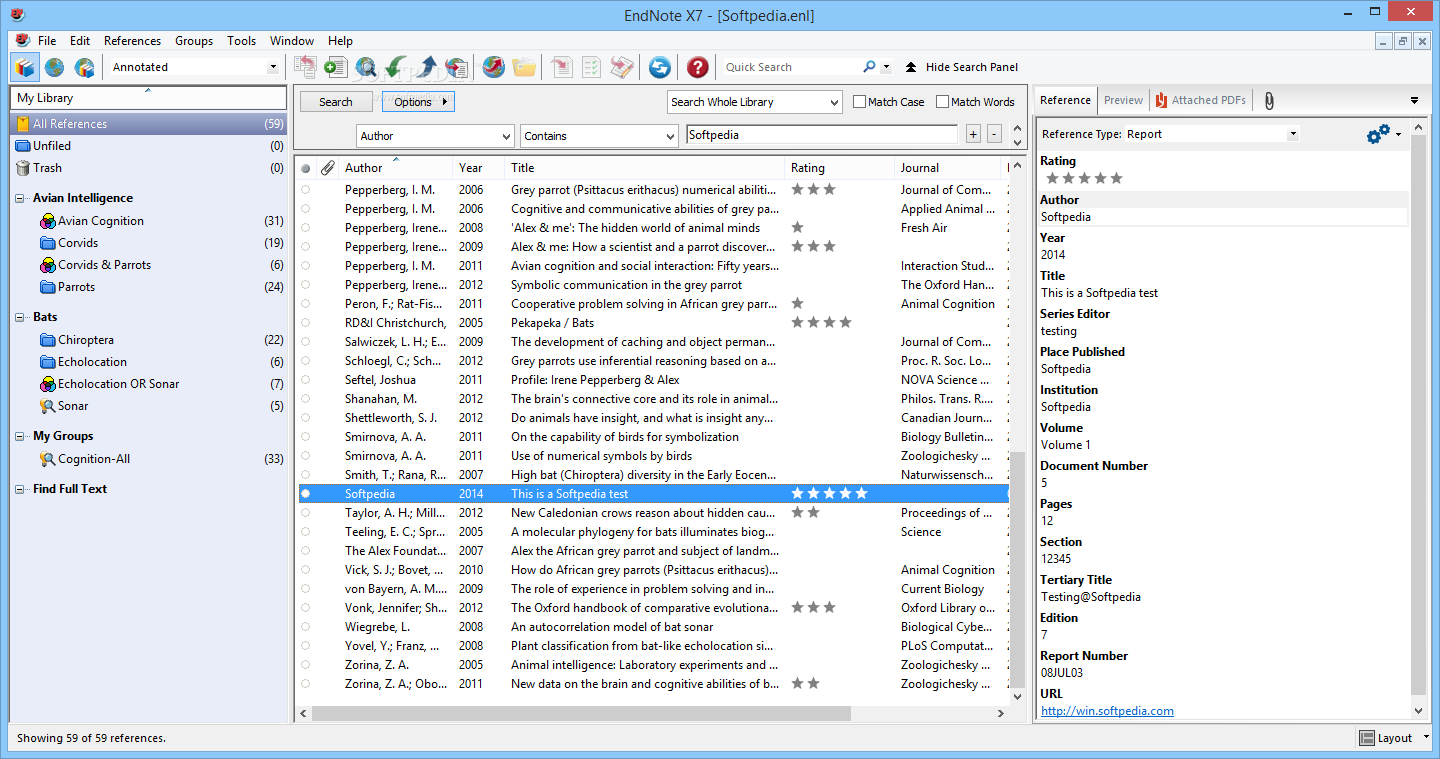
In contrast, the LSF is characterized by a kerogen type II-III, and lower TOC contents and HI values. In the central graben the USF is characterized by low diasterane indexes and Ts/ (Ts+Tm) ratios, indicating anoxic mix clay-carbonate source rocks.

A kerogen type II to II-III, and continuously increasing total organic carbon (TOC) contents and hydrogen index (HI) values characterizes the USF. In contrast, USF-1 is characterised by intense organic matter and mixture of carbonate and clay deposition. The LSF and USF-2 resemble in higher kaolinite, ankerite contents and lower δ13Corg values, which indicate palaeo-methanogenesis. According to the mineralogical composition the USF is composed of two submembers USF-1 and USF-2. The subdivision into a lower and an upper part of the Shiranish Formation (USF, LSF) is overprinted by sedimentary cyclicity on high frequency (alternations of light-coloured and dark clay-rich intervals). The Shiranish sediments are rich in organic carbon and are potential source rocks in the Euphrates Graben.


The Shiranish Formation was deposited during the pre- to synrift phase of the Euphrates graben formation.


 0 kommentar(er)
0 kommentar(er)
